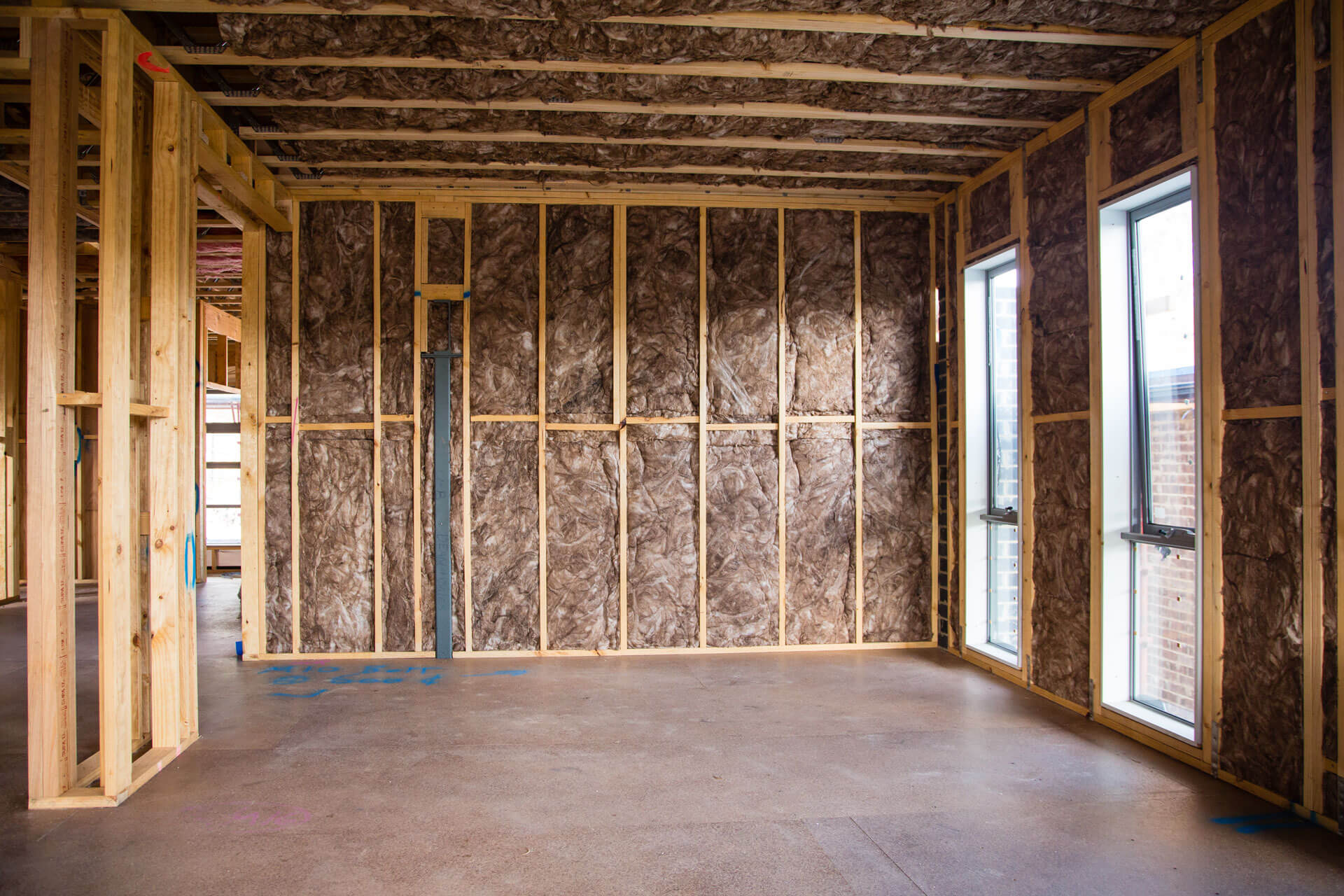Insulating your shipping container can save you money on heating and cooling, while protecting your belongings from condensation. It is essential for maintaining comfort and managing energy consumption, especially in wet climates where moisture can lead to rust or mold.
Using insulation is relatively easy and affordable. You can use a variety of materials, including expanded polystyrene foam (the kind you might know as Styrofoam) and blanket insulation.
Cost
There are a number of insulation options for shipping containers, and the type you choose will depend on your climate and the design of your building. For example, you can use spray foam to add insulation that is both quick and easy to install. This option is also eco-friendly and long-lasting.
Another type of insulation for shipping containers is blanket insulation. This is available in a variety of fabrics and comes pre-cut to fit the walls of a shipping container. It can be installed with a layer of plywood to create a finished look.
Insulation for shipping containers is important because it protects them from extreme climates, condensation, and outdoor noise. It also helps maintain a comfortable temperature inside the container and saves on heating and cooling costs. Whether you are using your shipping container as a home or office, it is important to consider insulating it. This will help you enjoy comfort all year round.
Durability
If you’re thinking of insulating your shipping container home, office, she shed, man cave, or other use, you’ll want to choose the best materials. Your choice will affect the R-value, climate effects, durability, and cost of your home. There are several types of insulation material to consider, including foam sprays, foam boards, and insulation panels.
Styrofoam panels are the most cost-effective option for insulating a shipping container, and they can be easily glued directly to the walls of the container. They also require less construction work than fiberglass, and they have a lifespan of about 50 years. However, they have the lowest R-value at four and can lead to water condensation in your home.
Another popular choice is cellulose insulation. It’s made from recycled paper or waste newsprint cut into tiny fibers. The fibers are then treated with boric acid or ammonium sulfate to make them fire-proof and insect-proof. This type of insulation is often mixed with cotton or wool for added thermal resistance.
Climate
In addition to reducing energy costs, shipping container insulation can also limit noise and condensation. Sound waves easily echo in metal boxes, and insulation can prevent the resulting acoustic problems from driving the occupant crazy. It can also help to prevent the steel walls from absorbing radiant heat during the summer.
When selecting insulation materials, it is important to consider your budget and the climate where you live. For example, Styrofoam boards are an inexpensive option that works well in a variety of climates. This material is easy to install, and it limits the echoing of sounds.
Spray foam insulation requires no framing, and it offers a high R-value. It can also be covered with interior finishes that are aesthetically pleasing. It is ideal for a container that will be used as a home or office, and it provides an excellent barrier against vapor and condensation. It is an alternative to cellulose insulation, which uses finely woven fibers and can lead to mold and mildew problems.
Installation
Insulation is an essential addition to any shipping container that is being converted into a home or office. It protects the container from extreme temperatures, condensation, and outdoor noise. It also acts as a barrier that keeps the occupants of the container comfortable. Without insulation, sounds tend to echo around metal walls, which can be disturbing to the occupants.
Many types of insulation can be used for shipping containers. However, the best option is foam spray insulation. This type of insulation is easy to install and provides a high R-Value. It can be applied manually or with a machine. It also resists moisture, fungus, and pests. However, some spray insulations may contain isocyanates, which can irritate the eyes and lungs of sensitive individuals.
Another good option for insulating shipping containers is cork. It’s a natural material that has excellent thermal properties. It’s renewable and biodegradable, and it can be harvested every nine years without harming the trees that it comes from.


